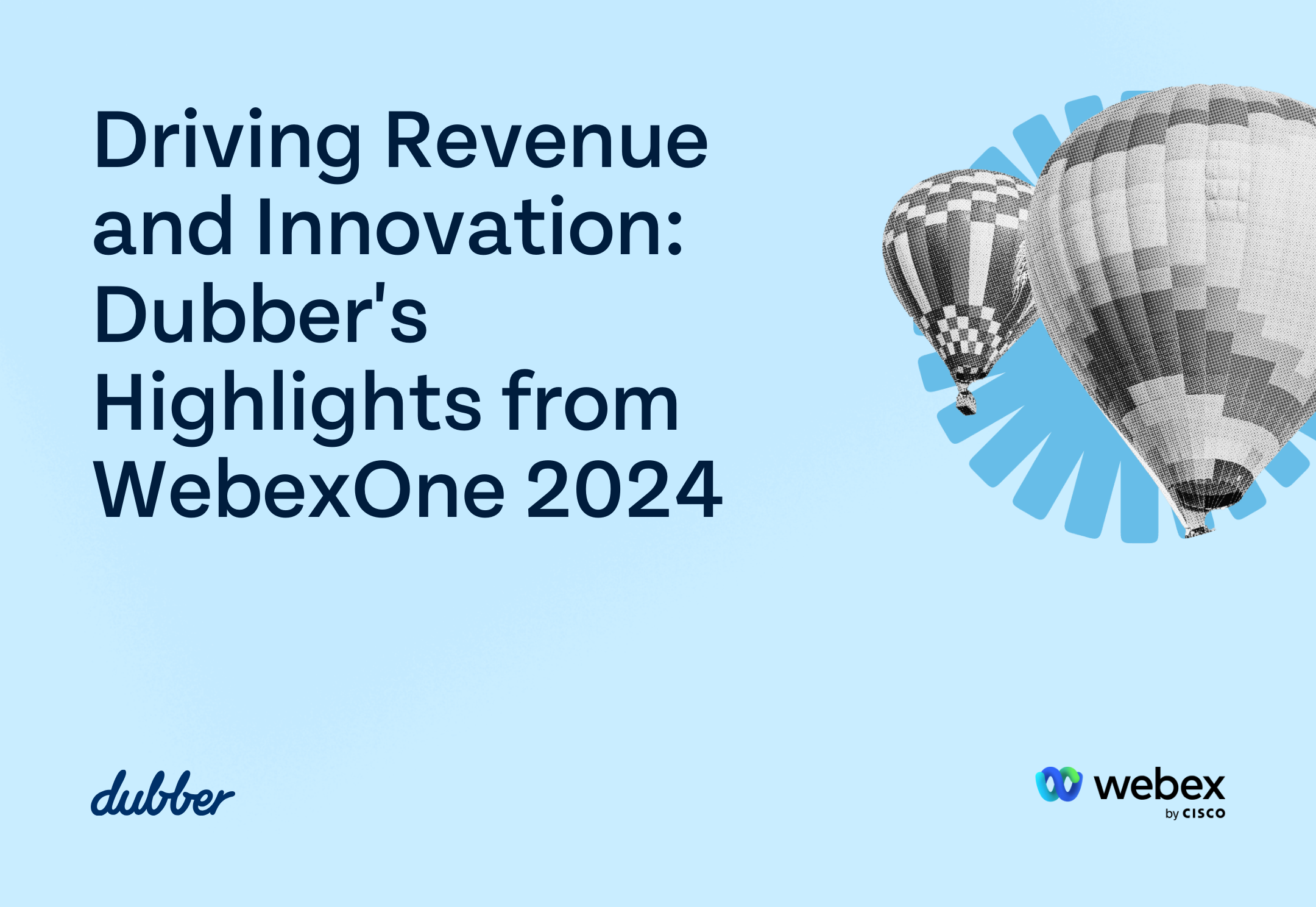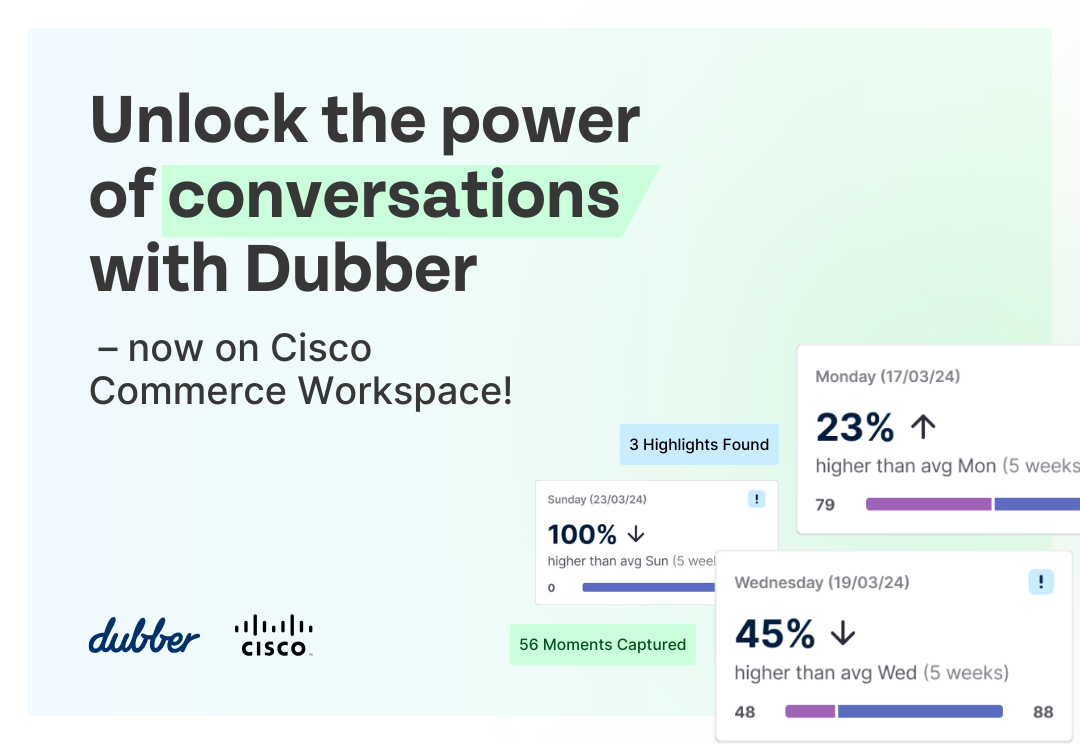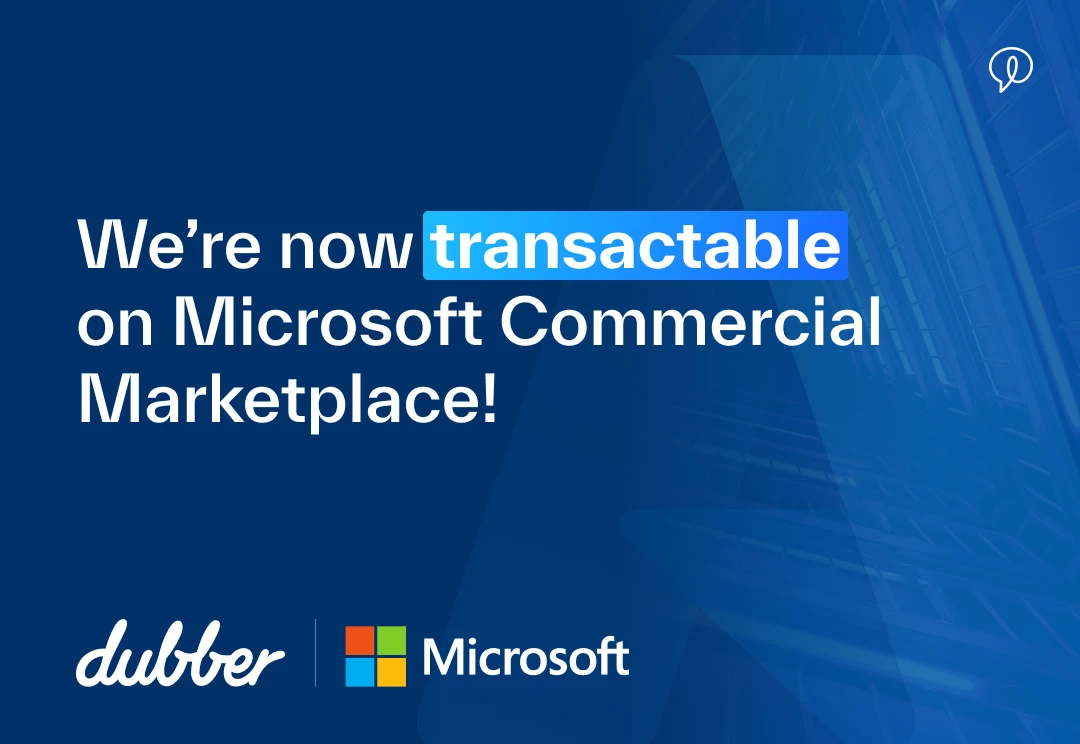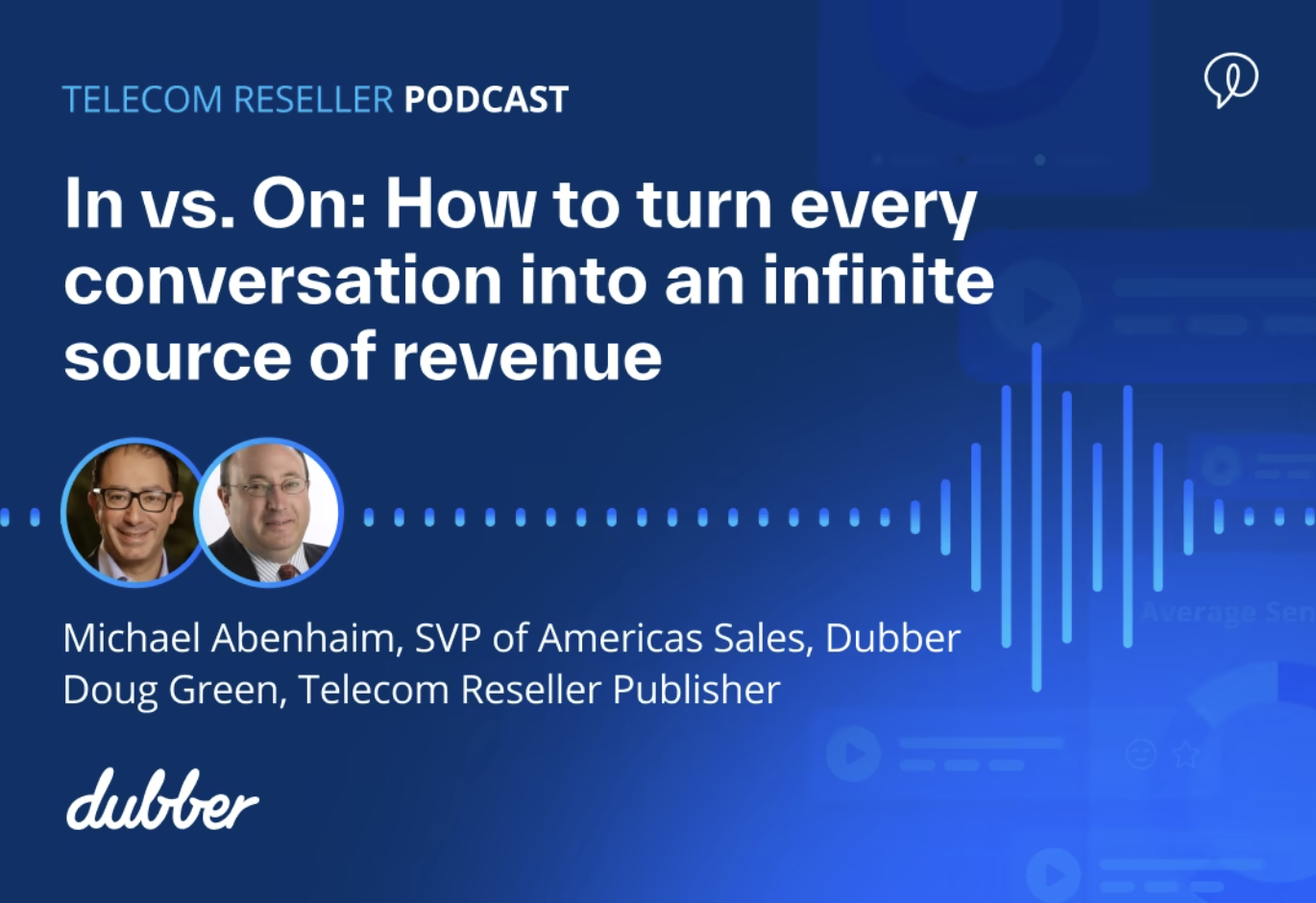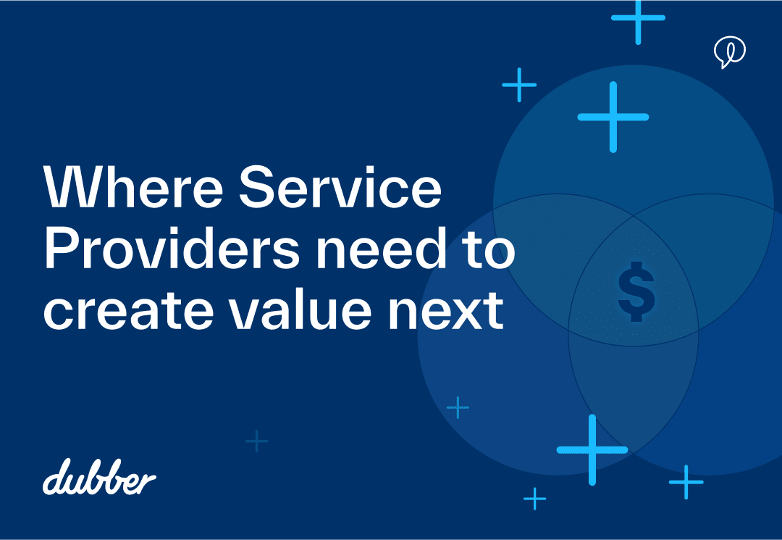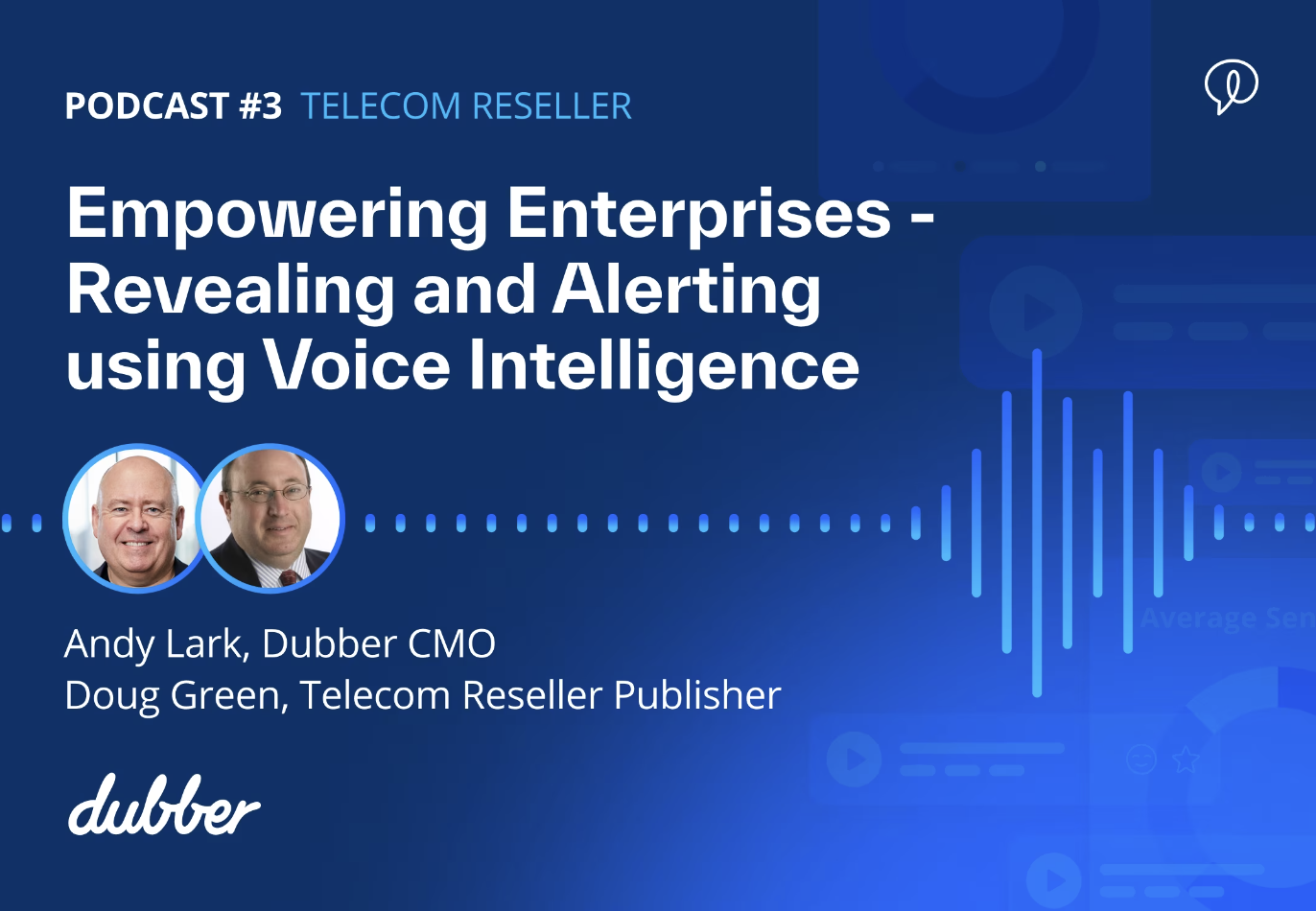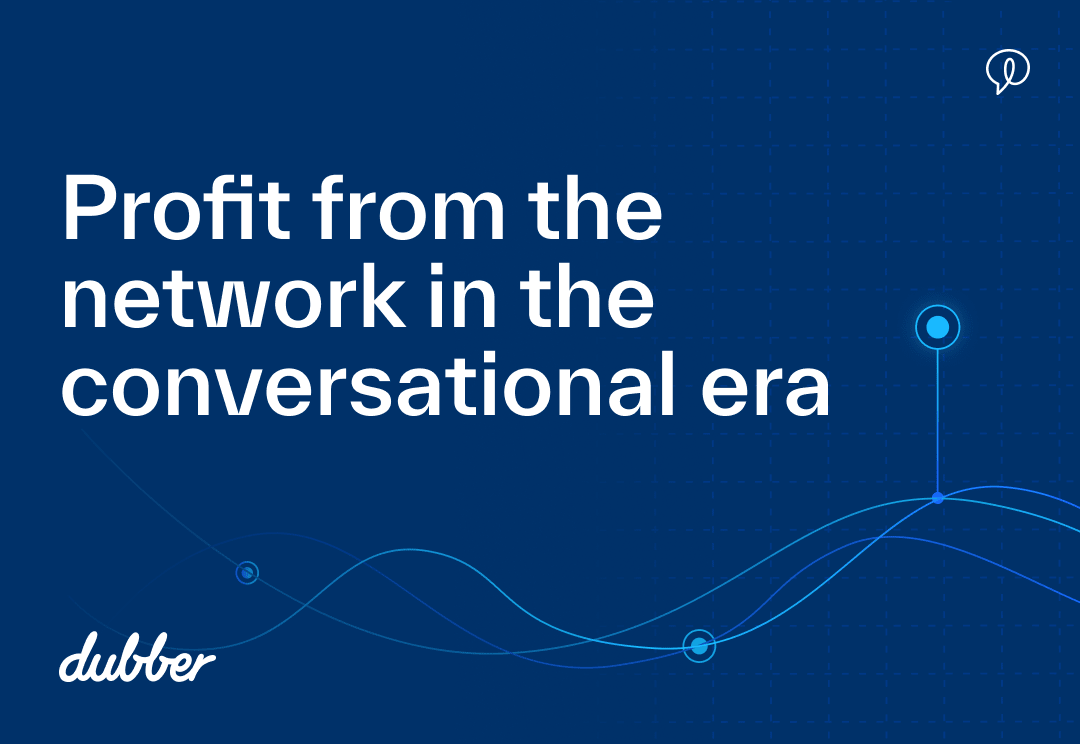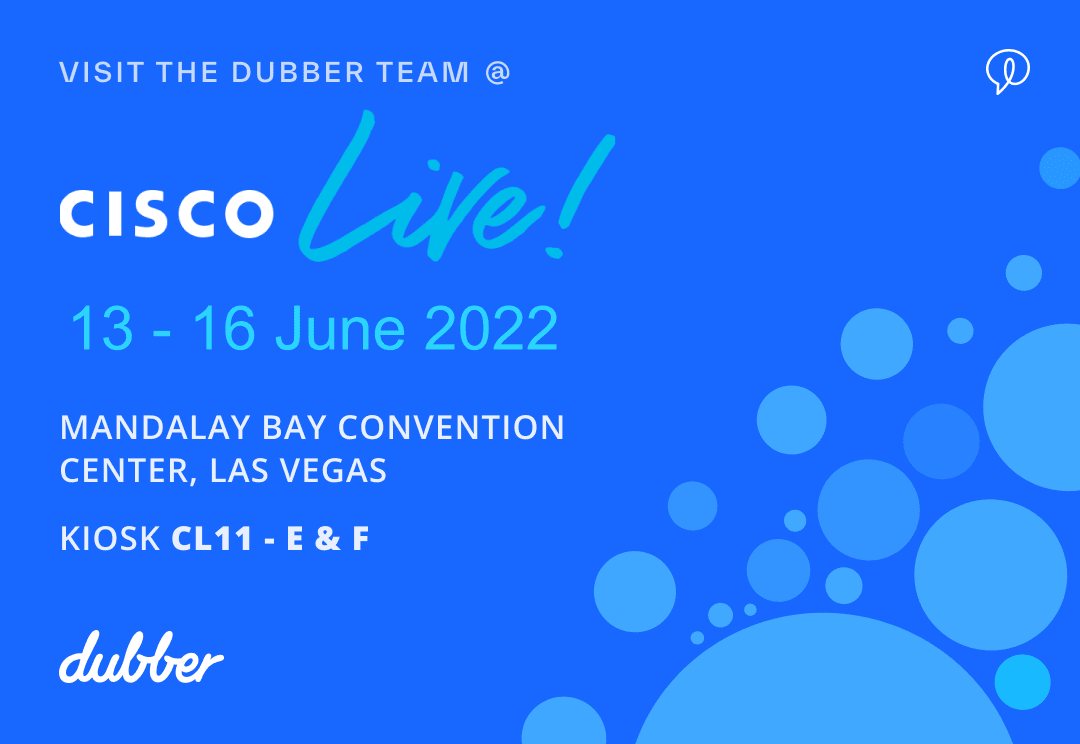by Bill Bennett
Service providers have an opportunity to recapture the value in their infrastructure.
Telecommunications technology changes fast. Telcos and other service providers face ever-increasing infrastructure investments to stay competitive. Upgrading mobile networks to 5G or building fibre to the premise needs more capital.
Each year they spend hundreds of billions of dollars. There is no let-up in sight.
Meanwhile, there is no corresponding revenue rise. Customers get more data and faster data with each passing year although the price they pay remains steady. They get more reliable connections. Traditional telecommunications companies around the world built networks that millions turned to when they had to work from home.
When they look at the future through a traditional telco lens, they see few opportunities to add value.
Competing with free
Moreover, the value-added services telcos were able to sell in the past are now given away for free.
Technology companies provide free or low-cost digital services running on top of fixed-line and wireless networks, often, but not always, funded by advertising sales.
Take the free messaging offered by Facebook, Google and Apple. It can be advertising-supported or as a lure to sell hardware or other digital services. Zoom, Teams and Webex replace telco-provided video conferencing. The list of free or low-cost over-the-top services goes on.
Streaming video, music and gaming are other classes of over-the-top services that rely on networks built and maintained by telcos
To rub salt in the wounds, over-the-top companies continue to clock up record revenues and enjoy high margins.
Meanwhile, telecommunications experiences flat to decreasing revenues, increasing capital outlay requirements and reducing opportunities to differentiate.
Telco share of the online digital universe is decreasing
When comparing telcos to these tech companies the numbers make for sobering reading. The profits of the world’s top 25 telcos has fallen 46 percent. Their share of revenue is down 40 percent. Their share of the market cap dropped 60 per cent.
Meanwhile, the likes of Google, TikTok and Zoom are heading in the opposite direction. It’s no coincidence that Apple and Microsoft are among the world’s most valuable companies.
The telco sector’s long-time fear of becoming little more than a series of pipes could soon be reality. There’s irony in this: none of the new value the over-the-tops generate would be possible without the networks. They are the enabling technology.
There are other challenges. Governments around the world have different regulatory goals, but their rules often work to increase competition, which in turn keeps margins low. It’s not unusual for telcos in a contested market to compete all the profit away.
The logical conclusion of where the markets are heading is that telcos have lost the battle for opportunities on the network. However, things are quite different if we look in the network.
The opportunity is in conversations & content
All the extra value created by over-the-top companies comes from conversations. People and businesses need to communicate with each other. It remains as valuable as ever.
For over-the-top companies, those conversations take place on top of the network.
There is another set of conversations with untapped value. We’re talking here about the millions of conversations people have every day when they make voice calls on their mobiles or fixed-line phones through traditional telecommunications networks.
These conversations take place in the network.
Each of those conversations could hold as much value as those taking place on the over-the-top services. They represent an opportunity for telcos to win a much higher average revenue per user.
Moving beyond connectivity
Telcos have found it hard to move beyond connectivity in the past. There are huge barriers. Over-the-top players are not restricted by national boundaries, networks inevitably are.
The skills needed to develop and market digital services were expensive and hard to attract to firms unable to distribute start-up equity or offer seemingly unlimited career opportunities. That’s less the case today, skills are more widespread and, thanks to the cloud, technologies often need less complex integration.
Tapping into the conversations that take place in a network is one set of opportunities beyond connectivity. Other trends have potential.
Organisations with large on-premise call centres are shifting to cloud-based systems. They need flexibility and to be able to support new modes of working including home-based call centre staff.
Bigger than connectivity
Connectivity services typically deal in large numbers: customers serviced, call minutes, data traffic and so on. The numbers can be equally large beyond connectivity.
And unlike connectivity, where the number of customers is at saturation point, the market for in-network services holds huge growth potential. The examples are endless:
- Deployed at the heart of a Service Provider network, Dubber Notes users now get any meeting or call transcribed – turned into actions – with highlights and more. A user can review meetings I wasn’t able to attend on the way home and easily share highlights for action by others.
- Another service might deliver a text nudge following a call with all the key actions from the call. Or a reminder of a meeting I committed to during the conversation to drop onto my calendar.
- Or, mobile services might come with an app that quickly flags customer and employee sentiment for that day – and provides snippets from customer calls a manager should know about.
- A major bank could receive from their Service Provider a fully integrated compliance reporting dashboard that gives total visibility into calls that potentially breach policies. Or, a simple search console that enables them to pull up highlights, a recording or a transcript of any conversation across the business. That same application would prove invaluable to HR, dispute resolution teams, or customer service managers.
All of this is possible today. And this is just the start of a new era in which every conversation is a source of value for the service provider – turning the network into n innovation factory with endless new services created and deployed with minimal CAPEX investment.
Many of today’s business challenges are best dealt with from in-network services
Many businesses face challenges that are best addressed by value-added services telcos can offer from within their networks. There’s an ever-increasing compliance load, especially of those companies operating in and around the finance sector where record keeping becomes critical.
Conversational intelligence is an ideal way to capture the necessary information. It makes sense to do that at the network level. It makes even more sense for capturing and mining the conversations in the Network to take place in the Cloud where vast amounts of data can be stored safely and securely.
AI opens the door to a new frontier
Moving from connectivity services to capturing vast amounts of conversational recording data opens the door to new frontiers with even greater potential to disrupt and reshape telco business models. Voice call recordings already enable AI technologies like sentiment analysis, where customers can instantly read reports on how customers respond to conversations.
Understanding this opportunity changed our orientation at Dubber from the utility of call recording to the creating a platform that will enable value to be created from any conversation on the network – to enable the content on the network to unlock new sources of innovation and the creation of new, needed experiences for customers.
We believed that the majority of providers looking to enhance the value of the network had it wrong and we would get it right – and that the focal point needed to be the Service Provider:
- Solutions delivered to you should enhance the value of the network through differentiated services – not monetize the network at your expense
- Those solutions should be burdenless – deployed with simplicity and scale – on with a click – integrated easily with billing and provisioning
And that they must unify applications and end-points. So conversations – text, video, mobile, UC – could be accessed and enriched in one conversation cloud.
- And that this could enable endless AI-based innovation opportunities for service providers with minimal CAPEX
Mining the gold in the network starts with native services the Service Provider can monetize and provides the pathway to increased revenue, retention and differentiation.
